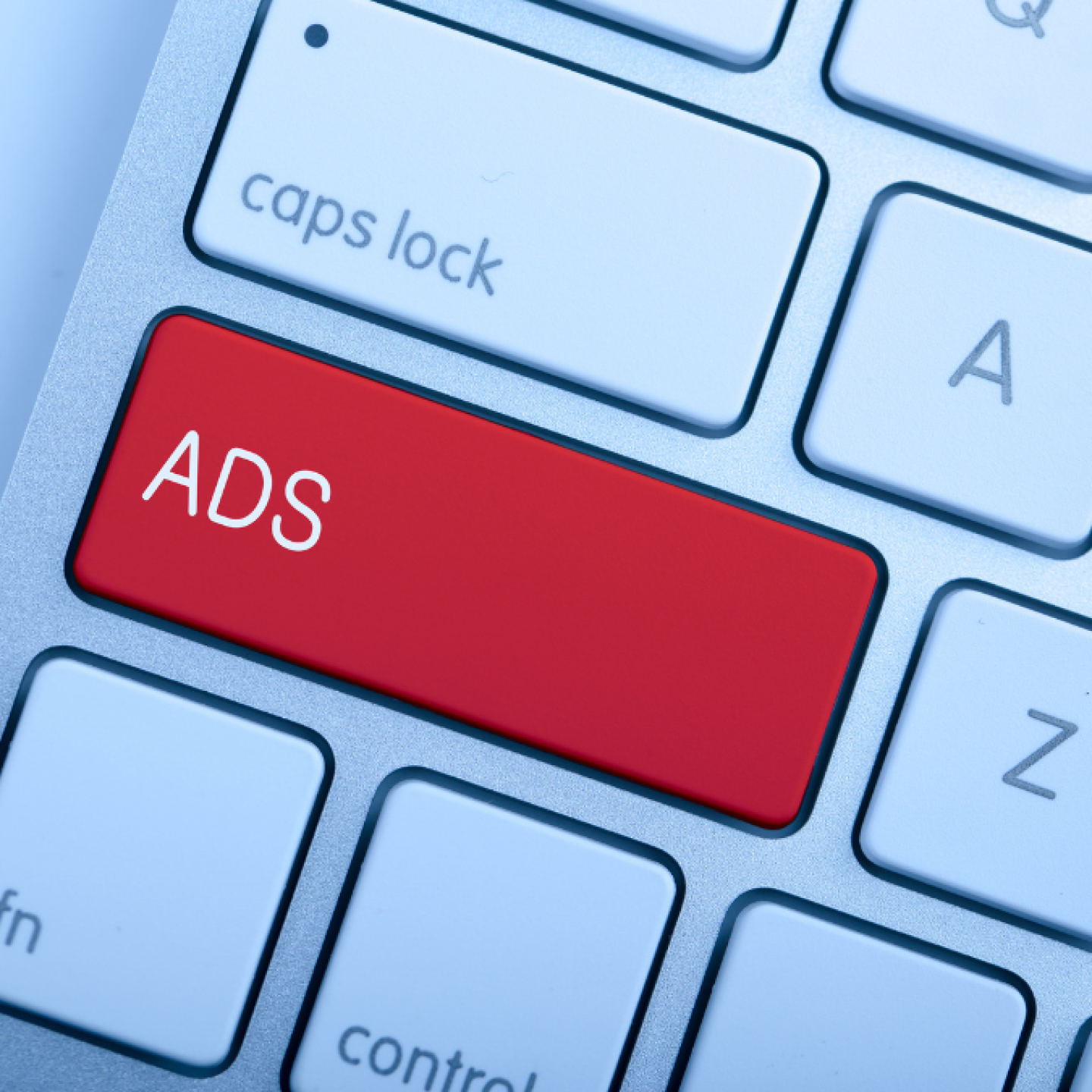
Our spy tools monitor millions of popup and pop-under from over 90+ countries and thousands of publishers.
Get StartedPopup advertising is a powerful tool in digital marketing, renowned for its ability to drive conversions. By strategically interrupting users with targeted messages, you can capture their attention and guide them towards desired actions such as subscribing to a newsletter or completing a purchase. However, how pop-up ads influence consumer purchasing decisions is a crucial aspect to understand for maximizing their effectiveness.
Key takeaway: The timing of popup ads plays a crucial role in maximizing their impact on user engagement and revenue generation. Displaying popups at the optimal moment ensures that they are not only seen but also acted upon by your audience.
In this article, you will learn:
By understanding and implementing these insights, you can significantly enhance your popup advertising campaigns, leading to increased user engagement and higher revenue.
Understanding the psychology behind the timing of popup advertising is crucial. Popups can significantly influence user behavior when displayed at the right moment. Users are more likely to engage with a popup if it appears when they are already interacting with the content, indicating a state of heightened interest.
Balancing visibility and user experience is essential. Displaying popups too early can disrupt the browsing experience, causing frustration and potentially increasing bounce rates. Conversely, showing them too late may result in missed opportunities for engagement.
By understanding these psychological and behavioral cues, you can strategically time your popups to enhance user experience and drive higher conversion rates.
Understanding when to display popups requires a keen analysis of user behavior. Key metrics like average time on page and user engagement indicators are crucial in determining the most effective timing for displaying popups.
This metric helps identify how long visitors typically stay on a particular page. By targeting the midpoint, around 50-60% of the average time on page, you can display popups when users are most engaged.
Metrics such as scrolling behavior can provide insights into user interest. Popups triggered by a user scrolling down to a certain point suggest a higher level of engagement with the content.
Implementing behavior-based triggers ensures that popups appear at moments when users are actively interacting with your site.
By leveraging these techniques, you tailor popup displays to align with actual user behavior, enhancing both relevance and impact.
Understanding the unique needs and preferences of your visitor segments is essential for creating effective popup strategies. Each segment interacts with your website differently, requiring a tailored approach to maximize engagement.
These users are exploring your site for the first time. Bombarding them with popups immediately can lead to a negative experience. Instead, give them some time to engage with your content. Consider displaying a welcome popup after they've spent a few moments on the page or scrolled down significantly. This approach helps build interest without overwhelming them.
These users have already shown interest in your offerings. A well-timed "welcome back" popup can be highly effective. Displaying popups that highlight new products, ongoing promotions, or personalized recommendations based on their previous interactions can enhance their experience and encourage conversions.
These visitors have added items to their cart but haven't completed the purchase. Exit-intent popups are particularly useful here. Triggering a popup just as they're about to leave can remind them of their items and offer incentives like discounts or free shipping to persuade them to complete the purchase.
By implementing these targeted strategies, you can align your popup timing with the specific behaviors and needs of different visitor segments, leading to higher engagement and conversion rates.
Understanding the various types of pop-ups available is essential for aligning your timing strategy with your marketing goals. Each type of popup serves a specific purpose, and their effectiveness can be greatly improved when timed appropriately.
Effective popup timing strategies depend on matching the type of popup with its intended purpose and displaying it at moments that align with user behavior and engagement levels.
Defining clear trigger criteria is essential for displaying popups effectively, ensuring they appear at moments most likely to engage users. Inactivity-based pop-ups and scrolling behavior triggers are two powerful methods to achieve this.
Implementing these trigger criteria ensures that your popups are not only timely but also relevant, thereby enhancing user experience and driving higher conversion rates.
Bad pop-up timing practices can significantly impair user experience and reduce the effectiveness of your marketing efforts. Here are some common mistakes to avoid:
By adhering to these strategies, you enhance user experience while still leveraging the benefits of popup advertising.
Continuous testing is vital in refining your popup ad timing strategies. One effective method is A/B testing. By comparing different popup timings, you can determine which schedule yields the highest engagement and conversion rates.
By using these tools and focusing on key performance indicators (KPIs), you can make data-driven decisions to optimize your popup ad schedules.
To improve website conversion rates with pop-ups, focus on strategic timing:
By implementing these practices, you can identify the Best Time to Display Popup Ads and drive higher conversions.
Receive top converting landing pages in your inbox every week from us.
Tips & Tricks
Expanding your pop ad campaigns globally requires the right geo-targeting strategies. Explore five proven approaches to scaling pop ads across different regions while maintaining strong performance. Learn how to adapt creatives, timing, and messaging to match local audiences and cultural nuances. Perfect for advertisers ready to take their pop campaigns to an international level with confidence.
David Kim
7 minDec 11, 2025
How-To
Turn lost opportunities into sales with effective holiday remarketing using push ads. Learn how to re-engage shoppers who abandoned their carts through timely, personalized notifications. Discover proven strategies for crafting irresistible messages that drive action and recover revenue. Perfect for marketers aiming to boost conversions and maximize holiday season profits.
Elena Morales
7 minDec 10, 2025
How-To
AI is transforming the way advertisers approach pop campaigns in 2025. Discover how automation, predictive analytics, and real-time optimization can enhance targeting and boost engagement. Learn practical tips for creating smarter, high-performing pop ads that deliver measurable results. Perfect for marketers ready to stay ahead in the evolving world of AI-driven advertising.
Priya Kapoor
7 minDec 8, 2025




